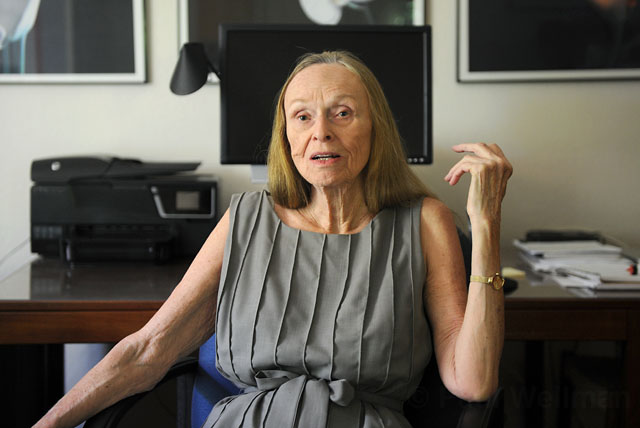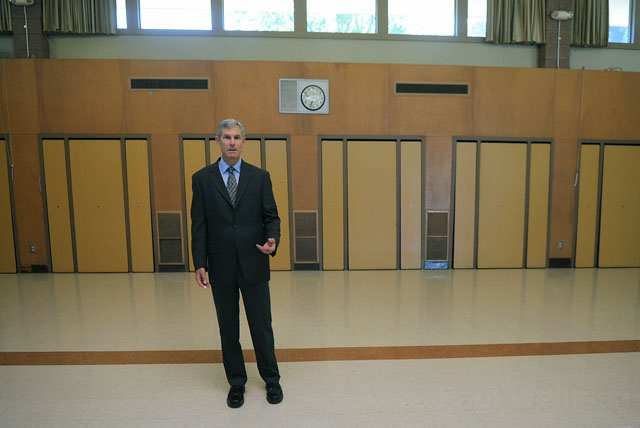Opposition to Bond Sales Prompts Lawsuit
Hope School District Board Member Challenges Legality of Bond Sale
The Hope School District faces a dilemma repeating itself in communities across the state. Either raise tax rates to sell more bonds and update school facilities, or honor a commitment to not raise taxes while sacrificing infrastructure.
In fact, the district has made its decision and is ready to sell $5 million worth of bonds, authorized by voters when they approved Measure L in 2010. (Three million of the authorized $8 million-worth have already been sold.) They would like to put the money toward classroom technology, renovating the multi-purpose room at Vieja Valley School, and replacing portable units at Monte Vista School with a permanent library.
Not so fast, says one board member. Retired IRS attorney Patricia Hiles is arguing that the measure does not authorize the district to issue a second series of bonds because of language that says “bonds are only issued with NO estimated increase in tax rate.” While Hiles is a lone voice on the board — she’s been outvoted 4-1 on two recent bond resolutions — she has threatened to sue the district should they go forward with a sale.

“I want people to only pay the taxes they are obliged by the law to pay,” she told The Santa Barbara Independent. And, according to her, the law says that any bond sales resulting in a property tax increase will be illegal. The financing structure that the Hope district has worked out will increase the tax rate from about $9 per $100,000 of assessed value to about $18, which, Hiles points out, is a doubling.
Because home values within the Hope boundaries have risen less than predicted when Measure L passed, it is difficult for the district to sell bonds without changing tax rates. For years, districts have gotten away with borrowing while keeping taxes steady by issuing capital appreciation bonds (CABs). This species of municipal bond does not have to be paid off for decades, but all the while it accrues interest. So the amount eventually paid off becomes exponentially greater than the principal. CABs are also often not callable, meaning they cannot be paid off early. They have come under intense public scrutiny since The Voice of San Diego broke the story that the Poway Unified School District will have to pay almost $1 billion on a $105 million loan that was financed through CABs. Several other districts throughout the state have overleveraged themselves with these financial instruments. Hope sold $3 million worth of CABs for its first series of Measure L bond sales in 2010.
The State Assembly recently approved a bill that would regulate the financing of CABs. AB 132, on which the Senate has not yet voted, limits the debt-to-principal ratio on CABs to 4-1, caps maturity dates at 25 years, and allows those that extend 10 years to be paid off early. State treasurer Bill Lockyer, an outspoken opponent of CABs, supports the bill.

The debt-to-principal ratio of Hope’s CABs is 4.14-1 and the latest maturity date is 2040. This time around, the district would like to sell traditional current interest bonds which are much less risky because they don’t bank on increasing property values over a long period of time, and less costly because the borrower begins to pay them back immediately. “We’ve become informed consumers,” said district Superintendent Dan Cooperman.
Traditional bonds, however, force school officials — and their communities — to engage in that time-honored democratic process of prioritizing what they value and where they want to spend their resources. The Hope district is doing just that by filing what is called an active validation lawsuit. This creature of the California legal code opens up contract disputes to the public. The school district must print a summons via newspaper about its plan to sell bonds, opening it up to challenge by those who live in the affected area before a judge rules. Hiles said she will file suit.
Chris Gallo, Hope’s board president, believes that Hiles’s argument is totally undone by the word “estimated” in the bond measure and that the district cannot be held to a specific tax rate. He also said that voters authorized the bond sale when they passed Measure L. Every single sale under the same measure is not up for a new vote, he maintained.
The current sale proposal would cost Hope School District 1.7 percent interest on each dollar borrowed over a 26-year term. “I’m not sure how we can get better financing than that or be more up front,” said Gallo. To the contrary, Hiles wrote in a synopsis of her position, such financing would be “a violation of the CA Constitution, of Measure L2010, and of the voters’ mandate.”
A similar debate is brewing on the Santa Barbara district board. At the last meeting, Trustee Ed Heron noted that the district promised not to raise taxes in its campaign for bond measures Q and R. Trustee Kate Parker countered that the district also promised new libraries at Adams and Washington elementary schools.
With historically low interest rates, such conversations are likely taking place among innumerable school boards that have promises to keep, and millions of bonds to sell before they sleep.



